12 Best Substitutes for Coriander
When you buy through our links, The Breslin may earn an affiliate commission. Learn more
What happens if you can’t find any coriander in the middle of the recipe? Don’t panic because I’ve prepared a list of coriander substitutes below.
Coriander finds its way into many dishes around the world, especially in Asian, Spanish, Mexican, Latin, and Indian cuisine. Its spicy and pungent flavor has become a controversial topic among food lovers. Many love how it tastes, while some people with sensitive noses couldn’t stand its soap-like aroma.
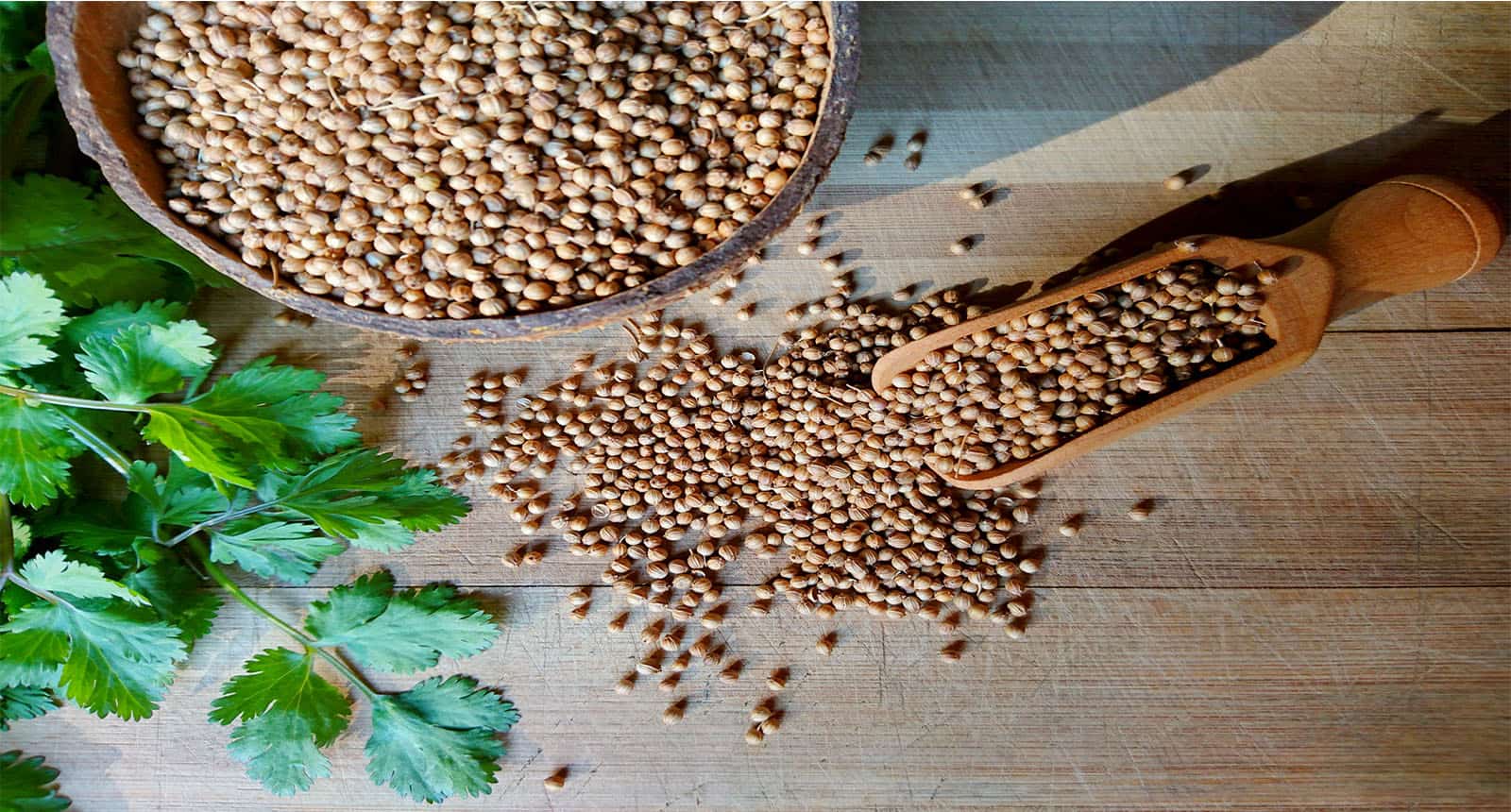
Due to the love/hate relationship with coriander, you might want to find some herbs with the same flavor profiles and use them in cooking.
Whatever your reason might be, my article below will be beneficial. Let’s start!
What Is Coriander?
Coriander belongs to the same family with celery, parsley, and carrots. In most English-speaking countries, the word “coriander” is a general way to refer to the entire plant from leaves to seeds.
This aromatic herb can be used extensively in worldwide cuisines. When shopping for coriander, always go for fresh and green leaves and avoid yellow ones because the flavor might have been significantly lost.
Coriander is known as an excellent source of magnesium, fiber, iron, manganese, and calcium.
Coriander Vs. Cilantro
Generally speaking, coriander can be used to describe the entire plant from leaves to seeds.
In many parts of the world, the term “coriander” often refers to the seed, while cilantro, in Spanish, means “coriander leaves,” which refers to the stem and the leaves.
That means they come from the same plant with a scientific name as Coriandrum sativum.
To be more specific, I would like to explore 3 popular forms of coriander so that it’s easier to find its replacement based on each form.
- Ground coriander is a versatile powder made from dried coriander seeds and adds flavor to a curry or season grilled meat.
- Coriander seeds are often kept dried and can be included in fermented vegetables.
- Cilantro is the leafy part. In most recipes, it’s chopped finely and adds to various dishes at the end of the cooking process.
Let’s learn how to differentiate cilantro and coriander now:
What Does Coriander Taste Like?
As far as I know, coriander seeds appear earthy, warm, sweet and toasty while cilantro features citrus and tart notes.
Despite the fact that most people think cilantro is a refreshing and easy-to-use herb, there are still a lot of people perceiving it as unpleasant and tastes like dish soap.
Best Coriander Substitutes
Dried Or Ground Coriander Substitute
Featuring an earthy and slightly sweet aroma, dried or ground coriander can be replaced by spices which have somewhat the same flavor profile.
Although each herb has its own distinctive taste, it’s not difficult to find dried or ground coriander substitutes. Take a quick look at the below list.
Cumin
Cumin is an ancient spice that has been cultivated in Egypt and the Middle East for a thousand years. It’s the dried seed of the Cuminum cyminum plant, a member of the parsley family.
It is no coincidence that cumin is known as the soul of Middle Eastern cuisine, where it is widely used in cooking. This herb is able to enliven the dish thanks to its unique aroma.
Although it lacks citrus flavor compared to cilantro, it still infuses the warm, spicy, and earthy notes to a recipe.
Cumin works to reduce sweetness, so if you overdo the dish with sugar, add a little cumin to balance the flavor. This coriander substitute seems indispensable for dishes such as curry, salad, taco, enchilada, and more.
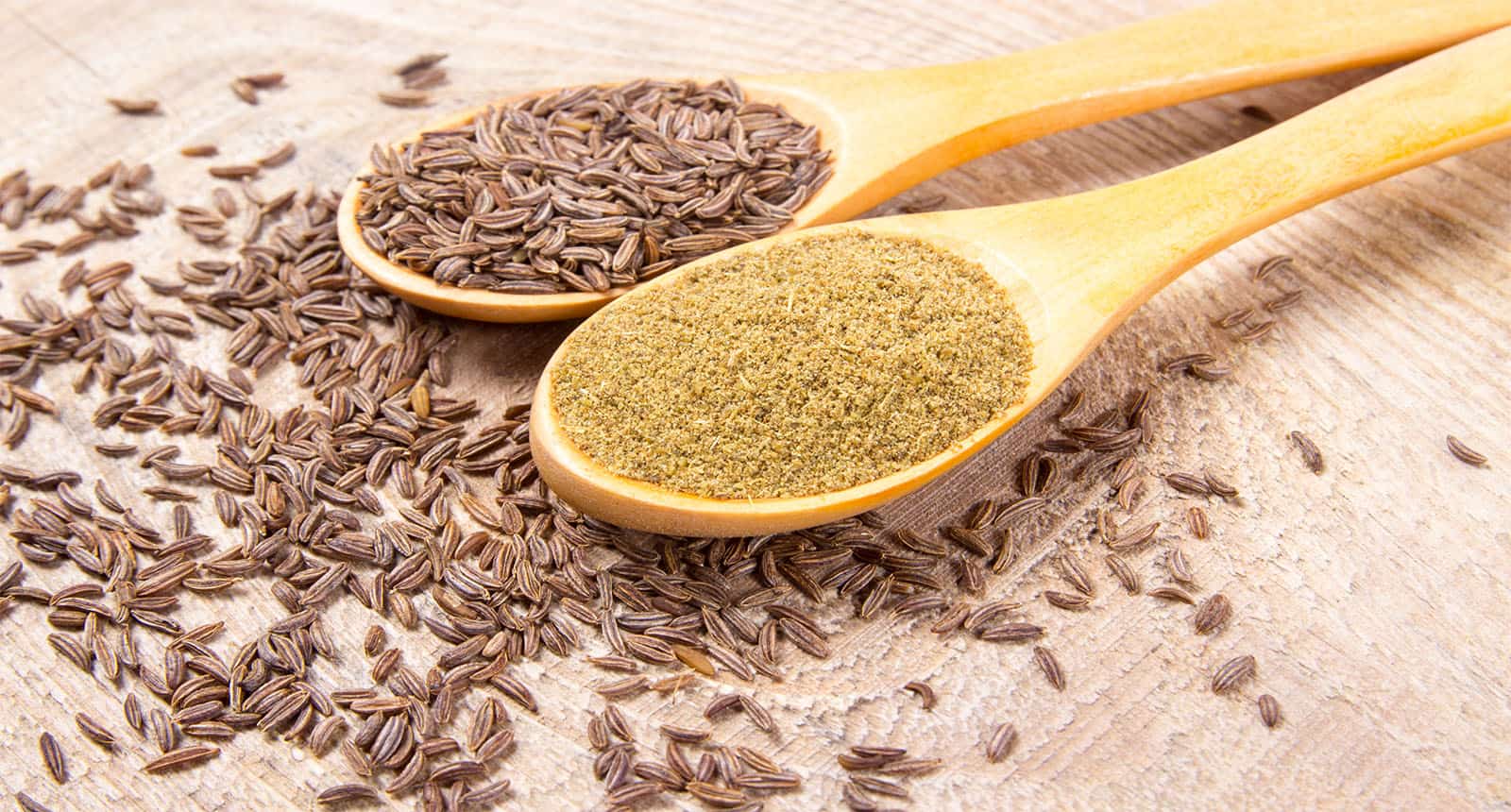
Garam Masala
The term “garam”, in Hindi, means “hot,” and “masala” means a mixture of spices. As the name implies, garam masala is a blend of many spices, including turmeric, peppercorn, cardamon pods, cloves, bay leaf, coriander, mace, cumin, and cinnamon. The number of spices might vary depending on the people who make them. All the spices are toasted before being ground into powder.
Garam masala is often added to the dish at the end of the cooking process to make foods spicy. As you can see, coriander is one of the ingredients in garam masala; this mixture can replace coriander in case you run out of it.
To play it safe, you should add little by little garam masala into the pot until you get the desired flavor.
Curry Powder
Like garam masala, curry powder is made by mixing various spices such as fenugreek, chili, coriander, ginger, turmeric, and other spices. However, this golden powder contains more mild spices than garam masala.
Curry powder features a unique aroma and can infuse its flavor to the dish and create a warm feeling when tasting. It’s best used for curries, soups, salads, stews – you name it. Many chefs agree that a pinch of curry powder can make an instant change in color and flavor to your dish.
This spice blend might appear potent compared to coriander alone. That’s why if you cook with curry powder, try to cut down the amount by half in recipes and add more if necessary.
Caraway
Caraway seeds belong to caraway plants. You might have heard about it with different names such as Meridian fennel or Persian cumin. Among all of the herbs, caraway has the most similar taste to coriander. For this reason, there is not much change in flavor when switching one for another.
Caraway is used extensively in German. Unlike cumin, the whole seed is preferable in cooking to ground form. People perceive it as a spice with an anise-like flavor. Moreover, it possesses an earthy and peppery aroma which could add depth to a dish.
This herb goes well with bread, cheeses, vegetable dishes, casseroles, sauerkraut, and desserts.
Cilantro (Coriander Leaves) Substitute
Cilantro has a citrus, mildly spicy, and complex flavor. Some people might find it unpleasant to taste while the rest love to add it into their foods.
What do you think? Do you want to grow cilantro around your home so that you can use it whenever you wish, all-around a year?
The following herbs are selected so that they resemble the flavor of cilantro in cooking.
Parsley
French curly-leaf and Italian flat-leaf are two common types of parsley. Parsley belongs to the family Apiaceae and is cultivated worldwide.
As you might not know, cilantro is sometimes called “Chinese parsley”, which means that these two spices have quite the same flavor. However, parsley might lack a bit of lemony flavor compared to cilantro. That’s why you can improvise by adding some drops of citrus juice.
Chopped parsley can be added to everything you’re going to cook, from soup, fish to salad recipes with light and fresh taste.
In terms of kitchen benefits, this cilantro alternative is often considered a garnishing herb.
Basil
Basil comes from the same family with cilantro. This plant is well-known for its fragrant leaves, which help elevate the dish’s flavor significantly.
Among many types of basil, Thai basil seems to be the perfect replacement you’re looking for. However, there are some noticeable changes in flavor when using basil instead of cilantro, but it’s a safe bet that the overall taste is still desirable.
Moreover, jazzing up Italian dishes with basil is always a good idea, especially pesto. There are numerous options for using basil in the kitchen, which you can easily choose from. You could garnish a tomato soup or summer jelly dessert, make the spread for a sandwich or chop it up and add to salads.
Herb Mixtures
Sometimes, if you have plenty of herbs in your pantry, some of them have similar flavors to cilantro, you might want to create a blend of these herbs instead of choosing only one option.
In my opinion, depending on your recipes, you can decide what herbs and spices you’re going to add to the mixture so that you can achieve the best result.
For example, oregano, parsley, tarragon, and dill, might combine well to substitute cilantro in some instances.
Let’s have a quick look at some popular herbs such as basil, parsley, coriander, tarragon and learn more about them in cooking through the video:
Celery
The leafy part of celery not only has a cilantro-like texture but also has a similar aroma to cilantro. Therefore, you can use it in various recipes such as soups, salads, sautés and stir-fries.
To preserve the flavor, it would be best if you add celery at the end of the cooking process, because, like cilantro, its aroma will diminish when being heated for a long time.
Oregano
Oregano possesses a pungent and spicy aroma and is widely used in Southern Europe. It’s also a familiar herb with people who are fans of pizza and pasta sauces.
In cooking, both fresh and dried oregano are favored by chefs. It’s important to point out that the fresh version is more intense than the dried ones.
There are two popular types of oregano: Mediterranean oregano and Mexican oregano.
Each has a slightly different taste; for example, Mexican oregano is more about citrus notes while Mediterranean type inclines to the woodsy flavor.
Oregano combines nicely with lamb, chicken, beef, eggplants, zucchini, cauliflower tomato-centric foods, capers, olive oil, and spicy foods.
Mint
If you feel bored with coriander in cooking, mint might worth your try. Due to its flavorful and spicy aroma, this herb could be an ideal staple in your kitchen. It’s also one of the easiest plants to grow around your house.
Mint belongs to the Lamiaceae family, which contains more than 15 species, including peppermint and spearmint. There is not much difference in taste between them so that you don’t have to think carefully before choosing.
Mint leaves are also used to decorate various dishes such as salads, desserts, and more.
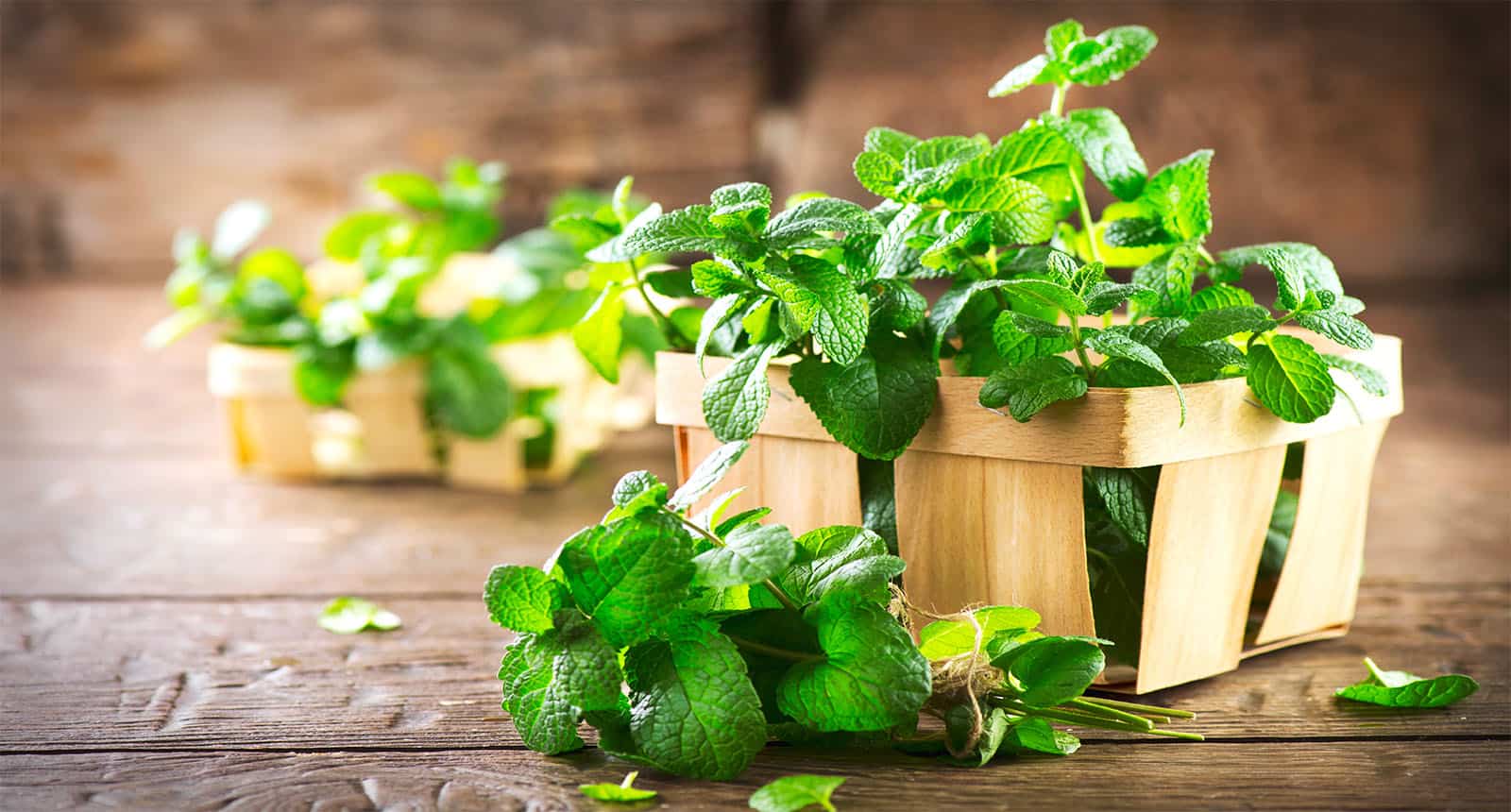
Chervil
Chervil, sometimes called French parsley, is an herb that is used for both culinary and medicinal purposes. Chervil leaves are green, delicate, and curly.
If you know what the flat-leaf parsley or carrot tops look like, the chervil has a similar appearance; only it has a slightly lighter green color.
Chervil has a sweet and mild flavor that people describe as somewhat between tarragon and parsley, with hints of anise and licorice.
This herb is usually used with grilled fish, soups, roast chicken, and eggs.
Lovage
Lovage is a cousin of the carrot, which is widely cultivated in Europe. It might be known as sea parsley, smellage, maggi plant, or mountain celery.
The young leaves of lovage are an excellent choice for adding salads, gumbos, stews, potato dishes, bean dishes, and soups.
This coriander substitute infuses celery-like flavor to a dish and makes it more palatable. Many believe that its taste is more potent than celery, so you should keep that in mind whenever you cook. In my opinion, it’s a perfect option for eggs.
FAQs
What’s Your Favorite Coriander Substitute?
Dried or ground coriander and cilantro are essential spices in many kitchens around the world. If your recipe calls for coriander, but you couldn’t find it anywhere in your pantry, let’s cook with some herbs and spice blends I have suggested above.
Learning how to use and substitute various herbs when cooking can help you save many trips to the grocery store and make cooking more spontaneous and exciting.
As for me, I prefer spice blends among all options because of their complex flavors, which will enliven whatever you put them in.
How about you? I’m more than happy to hear from you as a cooking and herb enthusiast.

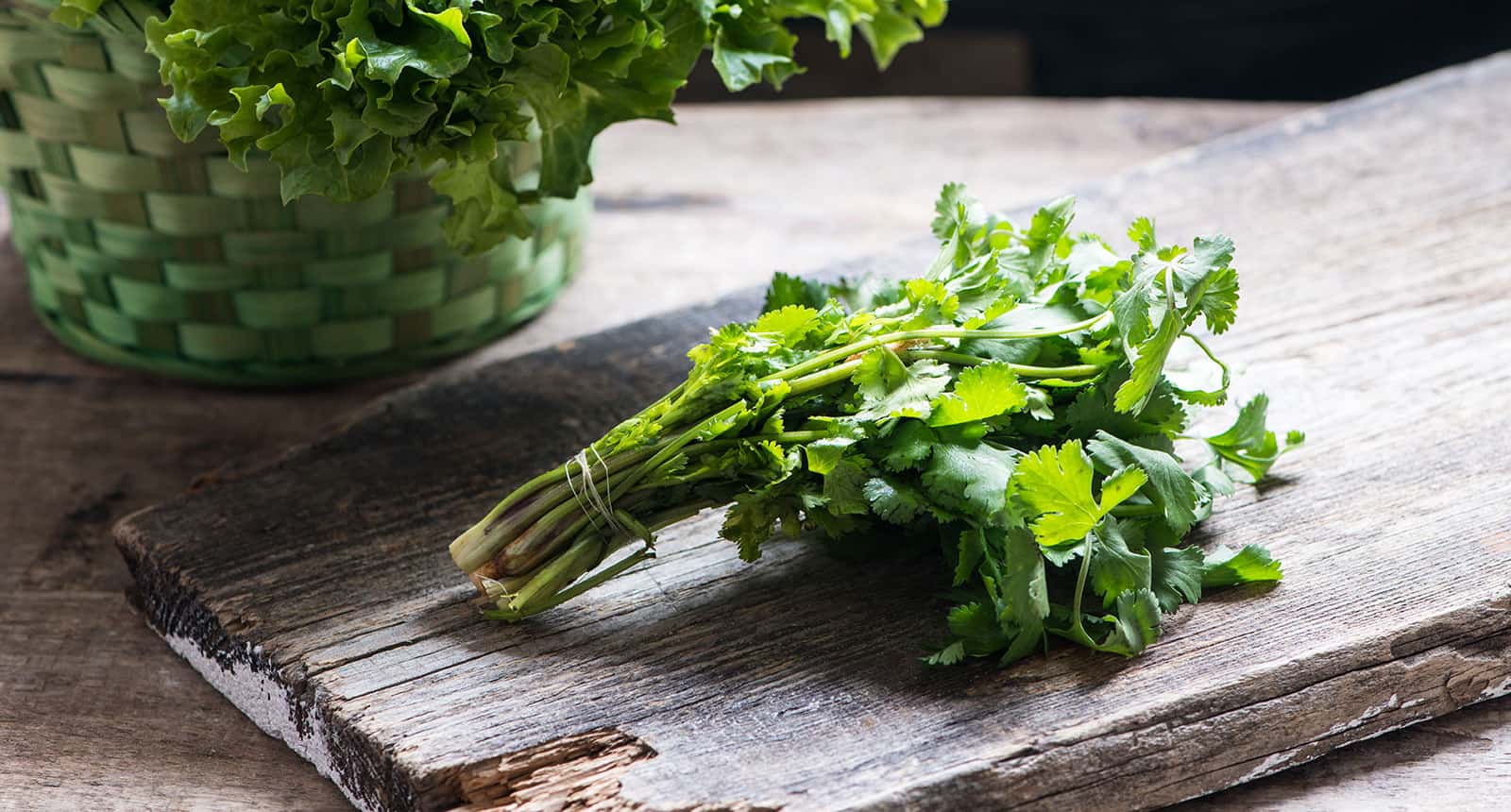
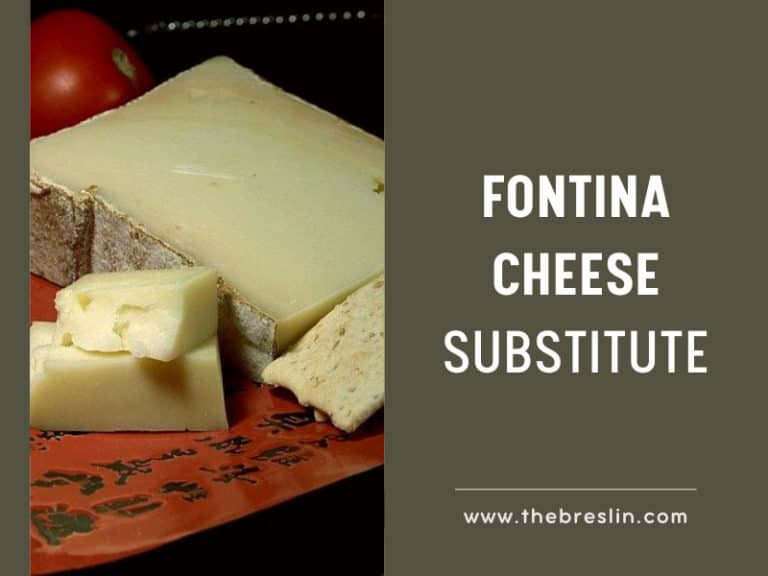
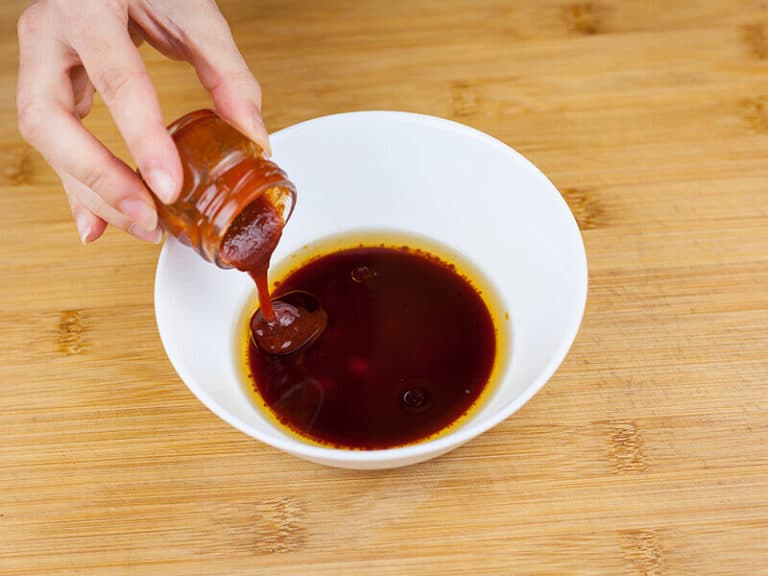
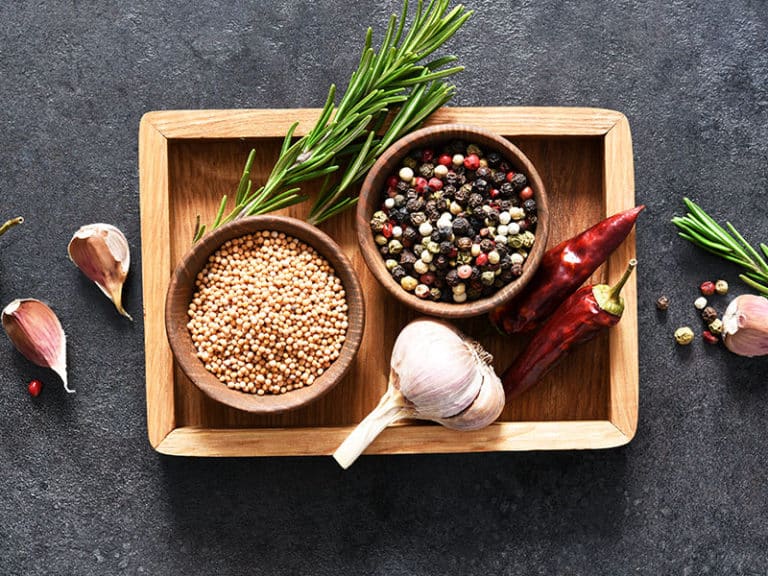
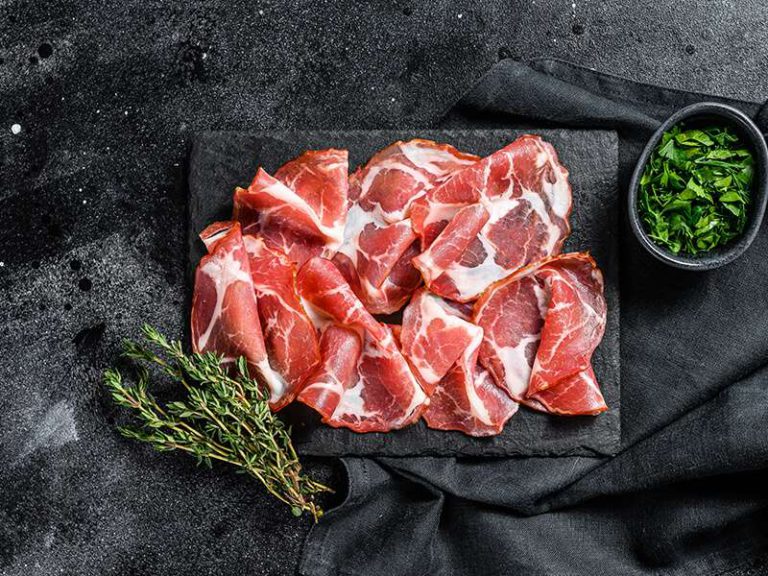
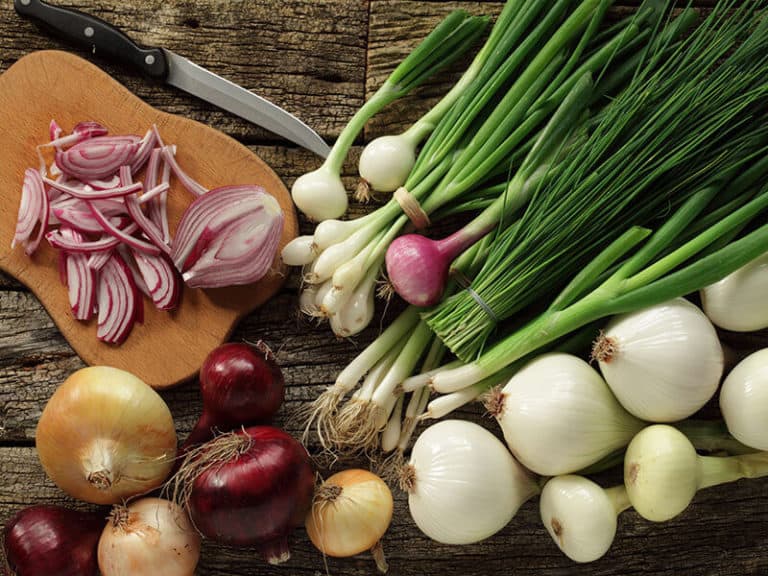
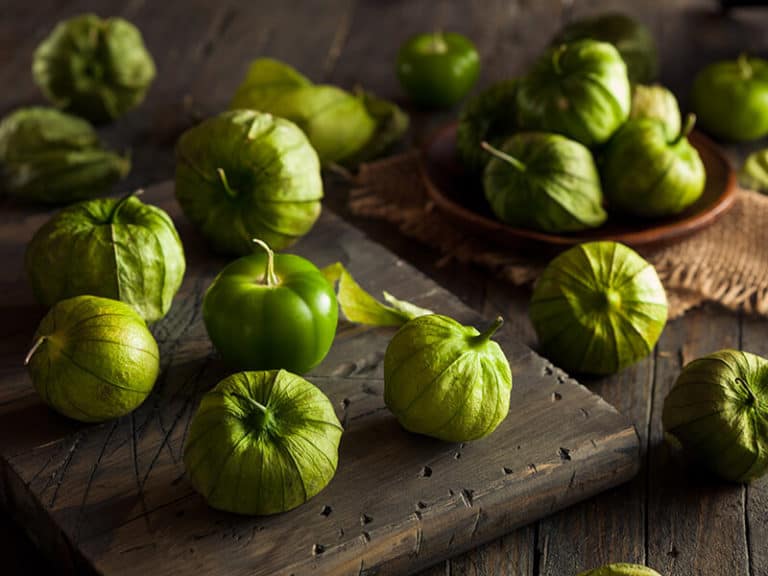
Amanda Collins
Founder and Senior Culinary Editor
Expertise
Culinary Arts and Management, Food Journalism and Critique, Recipe Development and Testing, Global Culinary Traditions, Sustainable Food Practices
Education
Institute of Culinary Education (ICE), New York, NY
Program: Diploma in Culinary Arts
Focus: Intensive hands-on training in culinary techniques, recipe development, and kitchen management, preparing students for professional roles in the culinary industry.
Monroe College, New Rochelle, NY
Program: Associate in Applied Science in Culinary Arts
Focus: Practical culinary skills, including cooking techniques, menu planning, and kitchen operations, with an emphasis on hands-on experience and industry standards.
Amanda Collins is a seasoned chef and food editor with a deep love for global flavors. Trained at the Institute of Culinary Education and Monroe College, and with over 15 years in the culinary field, Amanda has refined her skills in kitchens worldwide. Her background in food studies gives her a unique ability to share both recipes and the cultural stories that shape them.
As senior culinary editor at thebreslin.com, Amanda’s work brings authentic dishes to life, inviting readers to explore new flavors and techniques from around the globe. Her approachable style makes it easy for anyone to bring a bit of the world’s cuisine into their kitchen.